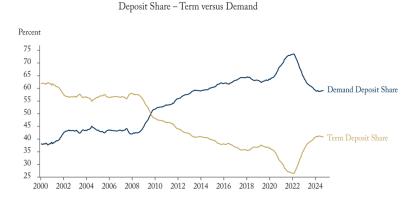
Following a report by an independent joint panel in July 2019, the federal Cabinet must approve or reject Teck’s proposed Frontier oil sands project by the end of February. After a seven-year environmental assessment process, the joint review panel found that the project would likely cause significant adverse environmental effects, even after planned mitigation measures, but recommended that it would be in the public interest. The project’s greenhouse gas (GHG) emissions have emerged as the flashpoint for this decision.
This edition of Graphic Intelligence exhibits the reported GHG emission intensities (i.e., tonnes of CO2 equivalent per barrel of oil) of oil sands extraction facilities against the respective production of each facility (in thousand barrels per day). These include currently operating in situ extraction facilities, where bitumen that is too deep to be mined is extracted in-place using extractive technologies (mainly steam), and oil sands mines.
The graphic illustrates where the emission intensity of the Frontier project would fall compared to others, showing that Frontier would produce comparatively fewer GHG emissions per barrel of oil relative to other oil sands facilities and would operate far below the current average GHG emission intensity across the oil sands.




